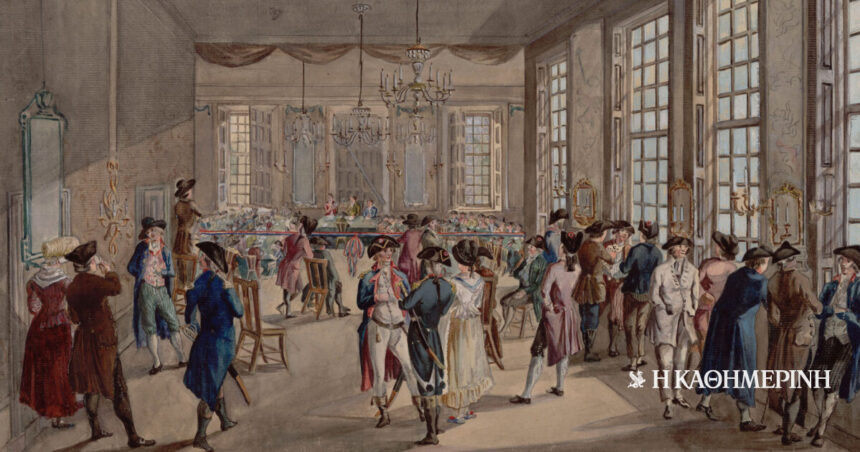The French Revolution occurred in the summer of 1789, inaugurating a period of dramatic political and social changes in Francewhich lasted until the final fall of Napoleon in 1815. The revolution itself is divided into three periods, of which the first covered in the period from June 1789 to August 1792. For most of this period, the National Assembly managed the fortunes of France, while in the France, while the fellowships managed to do so. Liberal representatives of the third grade, that is, the people who did not belong to the privileged classes of the clergy and the nobles.
OR occupation of BastilleOn July 14, he contributed to convince the king and the nobles that the National Assembly was the legislative body of the French nation. The National Assembly then passed a series of laws, which eliminated the remains of feudalism, abolished slavery, ecclesiastical tenths and chores, abolished tax exemptions and monopolies of all kinds. Immediate result was the Eliminate class discrimination and the legal equation of all French. An important achievement of the National Assembly is the drafting of the Declaration of Human Rights and the Citizen, which was issued in September 1789.
In the summer of 1792, the French Revolution entered the next stage, during which the Radical Democrats replaced moderate bourgeoisie in their leadership. This change is partially due to disappointment of much of the French peoplewho gradually realized that the revolution did not serve its interests. When the Austrian and Prussian Allied armies crossed the French border, threatening to understand the ParisThe radicals, who called the Jacobins, came to power.
The New National Assembly abolished the monarchy, proclaiming France in France.
In September 1792, the Jacobins convened a new National Assembly, whose main task would be Design of a new and more democratic constitution. Immediately the New National Assembly abolished the monarchy by declaring in France the unassuming democracy. In January 1793, the National Assembly condemned Ludovic Ist, who was executed in the guillotine after a few days.
A period of terror followed in France. During the next two years the executive power was exercised by Committeewhich was formed by a resolution of the National Assembly on April 6, 1793. The Commission assumed the role of protecting the French Republic against the external attacks it received as well as its internal enemies. The leading role in the committee’s dictatorial work was played by the Maximilian Robespierea former judge who had become popular with popular masses in previous years.
To prevail in the interior, as well as to address the risks raised by the attacks of European states against France, the Commission ruled the violence, inglazed hundreds of thousands of people and executing several thousand of them. In July 1794 the Commission was abolished and Robespierre was executed as the responsible for the imposition of the terrorism regime inside.
Column: Myrto Katsigera, Vassilis Minakakis, Antigoni-Despina Poumenidou, Athanasios Syroplakis







